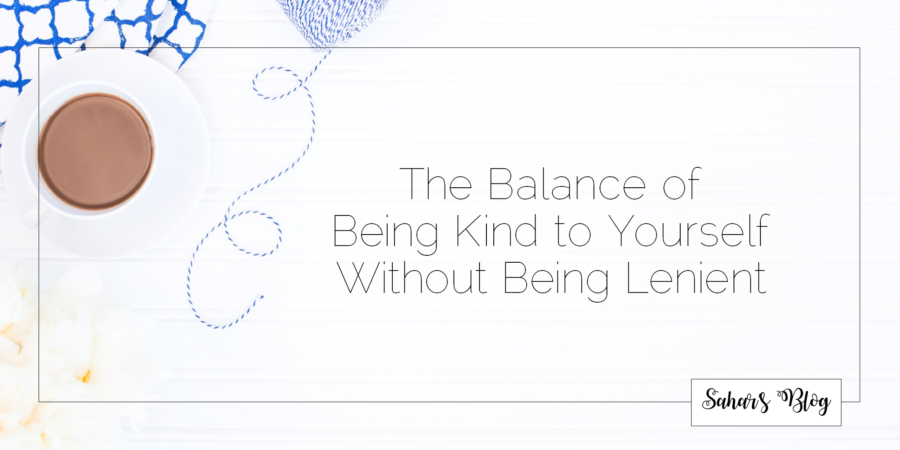The process of refining one’s character is a highly exciting one, but isn’t always easy. While there are a lot of great tools that help us along, there are also many pitfalls we can get stuck behind, such as being lenient.
The Challenge with “Self-Empowerment”
There seem to be a lot of self-empowering messages in North American society. Some of the first ones that come to my mind are “just do it”, “I was born this way”, “I am who I am”, and “I’m worth it”, and no doubt there are many more I could come up with a simple Google search.
These calls are usually born out of the best of intentions; “I was born this way” and “I am who I am” are asking for acceptance of diversity, tolerance of differences, and love for the various human forms that exist. However, the best of intentions are also prey to the negative forces of society, one of which is passivity. Under the influence of passivity, calls for acceptance become attitudes of lenience.
A Continuum of One’s Attributes
Of course, it’s pretty clear why leniency is not a good thing when trying to refine one’s character: instead of looking at one’s weaknesses as opportunities for improvement, they become a staple of one’s character. But refining one’s character requires that we look honestly and objectively at who we are, both the positive and the negative.
Let’s imagine a continuum of your attributes, from positive to negative. Being lenient encourages a person to look only at the positive, which would probably boost the ego. The solution can’t be the other extreme, that is to say, constantly looking at the negative. This can easily lead to a disempowering spiral landing straight in the land of despair.
Moderation and Balance
Like with so many other things, moderation and balance are key. Looking at positive attributes helps define the foundation on and the tools with which you can further refine your character. Looking at negative attributes helps identify the best strategy with which the positive attributes can be used for the same purpose. A dynamic, constant relationship between reflecting on the positive and using it to compensate for the negative requires honesty with oneself and infinite patience for our shortcomings, but does not allow for leniency. It’s a relationship I find demonstrated consistently in the arts. A carving comes to life as the artist, taking into account the strong and weak areas of the stone he is working with, constantly adjusts his work according to what he meets layer after layer.
Final Thoughts
Those who manage to strike such a balance are usually the happiest individuals I have met. They are truly inspiring, and yet are also very humble. No doubt their humility comes in part from knowing their negative attributes, and their joy comes in part from constantly using their positive attributes to continuously refine their character.


Balance is the key to so much, isn’t it?